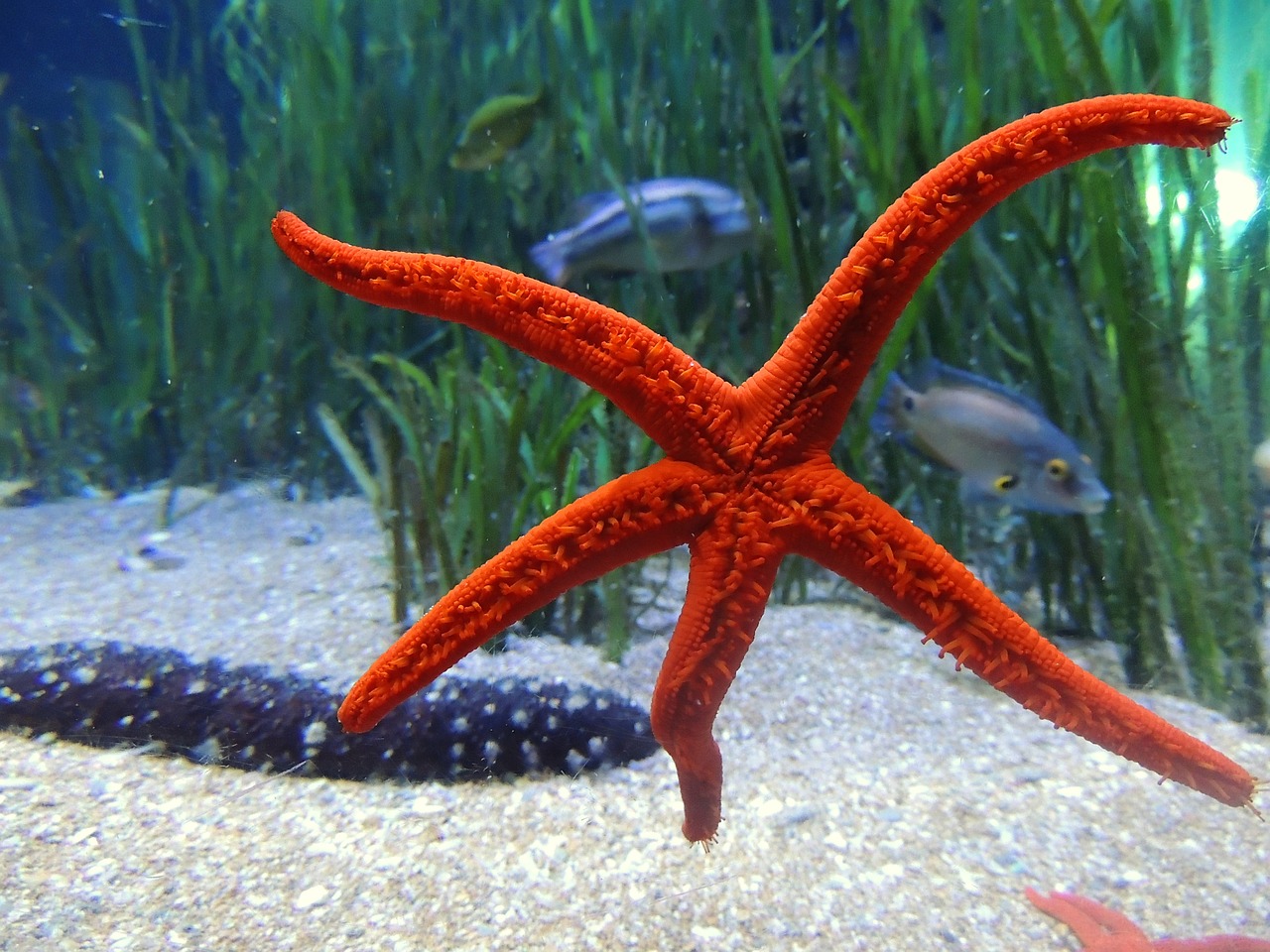
Pre-reading questions:
- Have you heard of sea stars before?
- Do you know anything about the genetic makeup of sea stars?
Vocabulary:
- challenge /CHAL-inj /
- development /dih-VEL-uhp-muhnt/
- creature /KREE-cher/
- knowledge /NOL-ij /
- application /ap-li-KEY-shuhn /
[verb] – to present tasks to someone that need great mental or physical effort in order to be done successfully
She decided to challenge herself by taking on a new and demanding project at work.
[noun] – the process in which someone or something grows, changes, and becomes more advanced
The growth and change of a small plant into a big tree is an example of development.
[noun] – any large or small living thing that can move independently
Animals like dogs, cats, and birds are examples of creatures because they can move on their own.
[noun] – understanding of or information about a subject that you get by experience or study, either known by one person or by people generally
Knowing things from studying or learning is having knowledge, like knowing the names of colors.
[noun] – practical use or implementation of knowledge gained from research or study
Using what you learn from books to solve a real problem is an application of knowledge, like fixing a broken toy with what you know.
Article reading:
True or False:
- Sea stars are also known as starfish.
- The recent genetic study challenges our previous understanding of sea stars.
- Sea stars belong to the echinoderm group.
- The study reveals that sea stars have a body plan with five equal sections.
- Advanced genetic sequencing and microcomputed tomography scanning were used in the study to explore sea stars’ genetic makeup.
Fill in the blanks:
| challenge | development | creature | knowledge | application |
- The Loch Ness Monster is often considered a mythical ____________ that sparks curiosity and speculation.
- Let’s ______ each other to improve our skills in this new hobby.
- The practical ____________ of a language is crucial for effective communication in real-life situations.
- The ____________ of a new technology requires careful planning and testing.
- Continuous learning enhances our ____________ and understanding of the world around us.